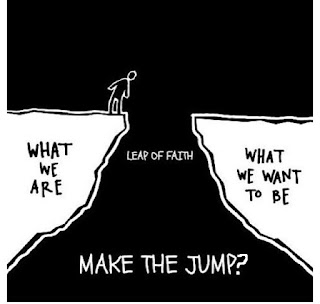Have you ever run across a help wanted post that asked for a real estate investor? Me either. Truth is, no one is advertising to hire “a real estate investor” but there are plenty of people who would like to trade their full-time job for real estate investing.
So how does that happen? How can you say goodbye to your 9 to 5 job and work full-time for yourself as a real estate investor?
First, you should know that it takes time to build up your real estate investment business so it can sustain you without the need to have a traditional job. How quickly you get there depends on a lot of factors. An investor looking to replace a monthly income of $10K through single-family rentals will have a longer road than say the wholesaler who’s trying to replace a $40K per year income and is fine with the income clock resetting to zero at the end of every month.
Let’s look at a couple of scenarios.
- The first scenario is the Buy and Hold Investor.
The accepted formula for this scenario is as follows: Target Monthly Income ÷ Average Monthly Cash Flow per Rental = # of Investment Properties
- The second scenario is the Wholesaler (aka the quick flipper)
Before considering going the route of becoming a Wholesaler you should fully realize that the income can be inconsistent. You may go for three months without a good deal. Then suddenly two fall into your lap from marketing you did six months ago. For the fix and flipper or wholesaler, it’s a little harder to close deals each and every month, especially if you’re just starting out. So breaking up your income goal on an annual basis is a great way to stave off a panic when you have a few dry months.
Getting yourself ready to walk away from your job starts from the very first day you decide to take that leap.
You have to build your business into one that has replicable and repeatable systems that will allow you to scale up as your experience and capital allows. This is a process of failures and wins. The difference between a successful investor and an unsuccessful investor usually is the fact that a successful investor sees their failures as a learning experience and their wins as proof that they were able to learn from their mistakes and modify their system accordingly.
- Motivated Seller Leads
- Title Companies
- Standardized Contracts
- Referral Partners
- General Contractors
- Access to Capital
- Insurance Agents
- Appraisers
- Buyers Lists
- Mentors
All of the resources listed above are essential tools to the professional investor. You simply can’t do it all by yourself and understanding this from day one is crucial to your success. To be successful, you must invest in the relationships and resources that propel you toward success. At the same time, you must make note of the missteps, relationships, and resources that didn’t help you and strive not to repeat those mistakes.
Making the transition from being a 9 to 5 employee to being a full-time real estate investor is the dream of most people who get into this business. Getting to that point takes planning, dedication, and hard work. Taking the time to understand both your financial needs and what it will take achieve them within your chosen niche is crucial.
If chasing deals monthly isn’t your idea of the perfect real estate investment job, you should know that in today’s real estate climate, no matter what your chosen niche is, at some point, you will have to start building your investment portfolio and that may involve chasing a deal or two.
A wholesaler or flipper can still do deals while adding a few rental properties to their portfolio. Doing this over time builds consistent passive monthly income for living expenses while reinvesting proceeds from your flips. There’s nothing tying you to one niche or strategy as an investor; this is your business and you can expand and tap into opportunities across the real estate investing spectrum as you see fit.



